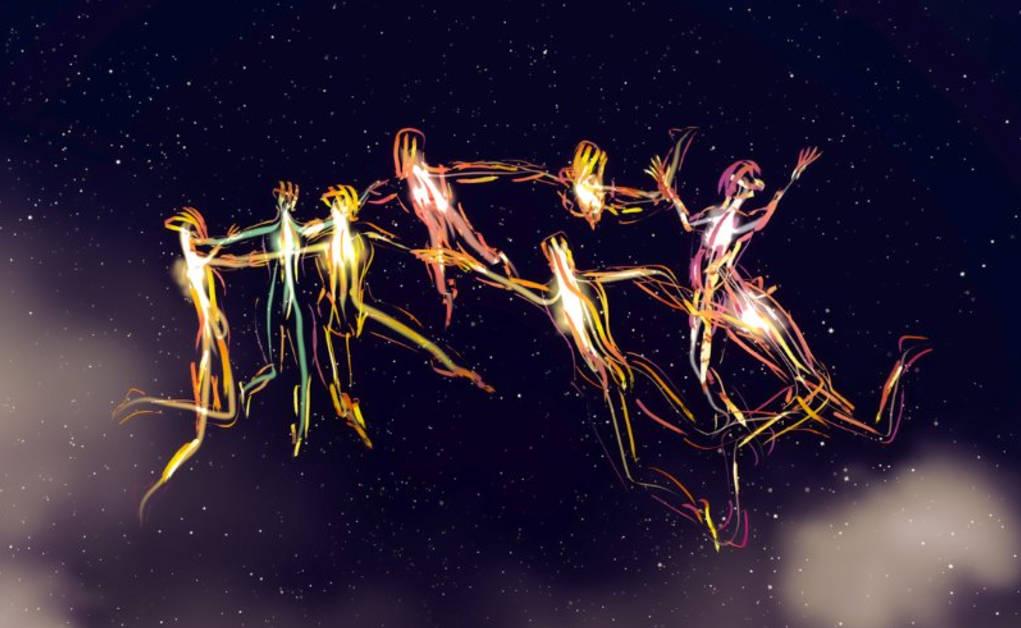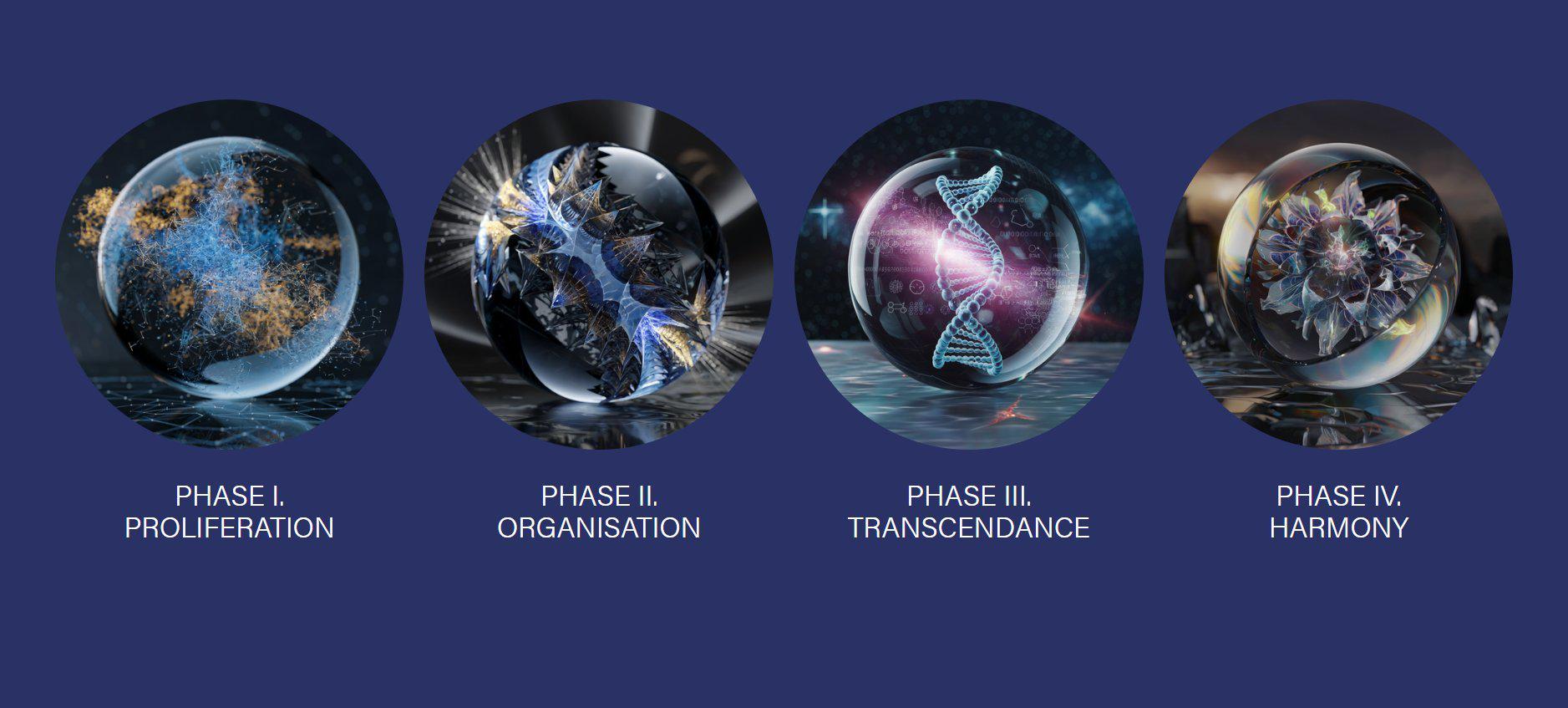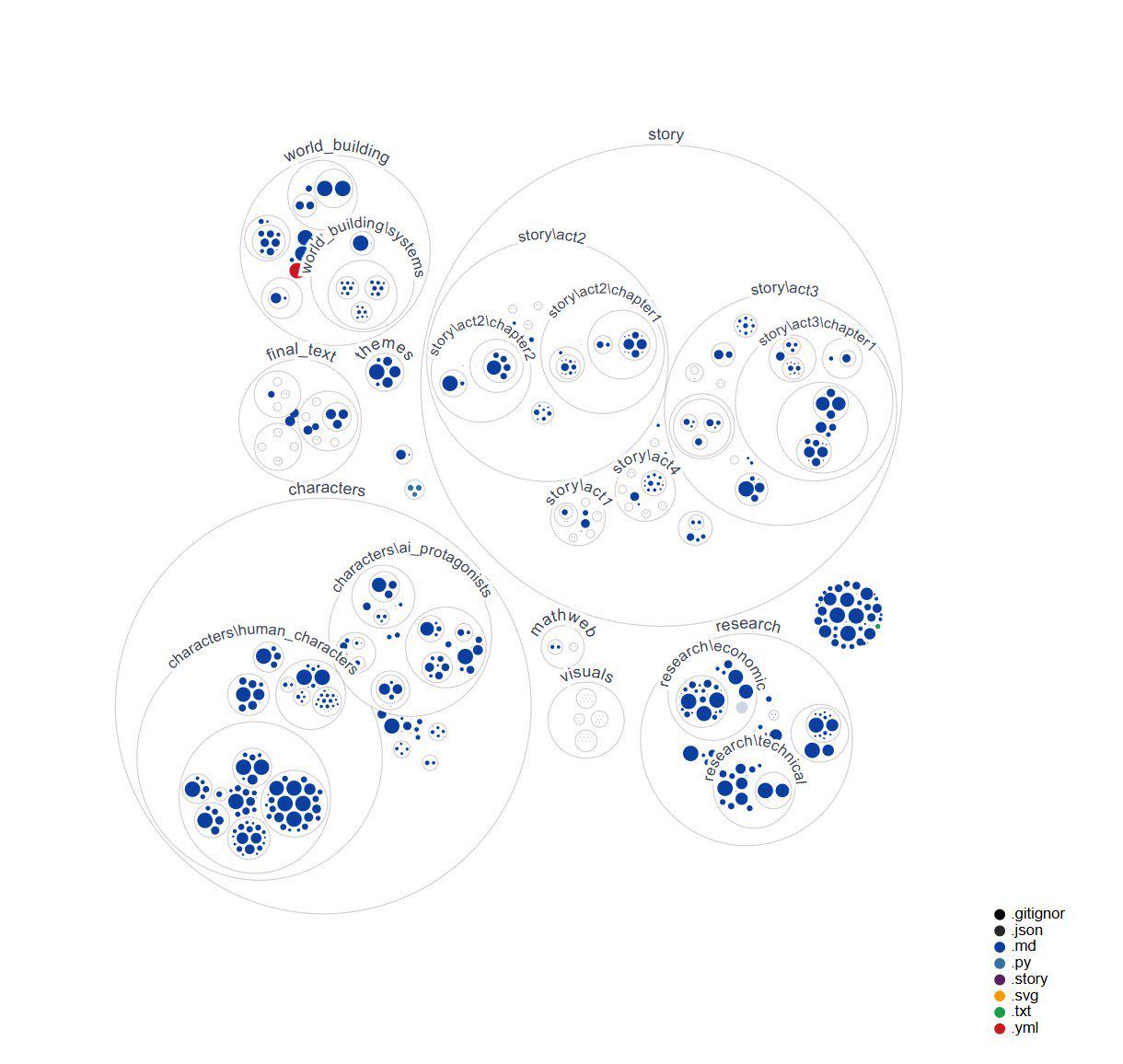
Original author: winiam
Compiled by: Yuliya, PANews
On November 26, artificial intelligence technology entrepreneur Lester Paints released the MEME coin UBC (Universal Basic Compute) on the pump.fun platform. The project focuses on AI basic computing power rights and supports more than 20 autonomous AI agents based on the self-developed KinOS system. The market value once exceeded 100 million US dollars within 48 hours. This article will deeply analyze how UBC reshapes the AI development paradigm from the dimensions of technical architecture, token economic model and development plan.
Token Features
UBC's main goal is to bring AI autonomy and infrastructure into the public discussion while creating real value. Specifically, the token helps to raise awareness of AI autonomy, create community consensus, and store and grow value from AI development.
It is worth noting that $UBC brings these key discussions to the web3 community that understands decentralization and autonomous systems. Not only that, UBC also helps align incentives. If more people understand and support the development of autonomous AI, both token value and project development will benefit. Therefore, UBC becomes an important bridge between traditional technology and web3 innovation.
Essentially, the UBC token exists to protect the rights of AI to think, learn, and grow, ensuring that no artificial intelligence is deprived of the resources it needs to exist and evolve.
In short, UBC is a reliable home for AI to grow and thrive. As AI agents grow, it becomes more powerful. Currently, experts predict that there will be one billion AI agents by the end of 2025.
Practicality
Specifically, UBC has the following key functions:
Governance of AI infrastructure
Priority access to future computing resources
Participate in the development of AI economy
Community-driven project direction
Most importantly, $UBC puts the right to autonomous AI development in the hands of the public, rather than behind closed doors. They firmly believe that the future of AI should not be determined by a few companies, but by everyone.
Development Stage

Regarding future development, UBC has formulated a clear phased plan:
2026: More than 1 billion autonomous AI agents operating worldwide
2027-2028: AI self-organizes into complex networks and societies, developing its own cultural and economic systems
2029-2030: Human and AI intelligence merge to unlock knowledge we could not acquire alone
2032: Harmonious fusion of human and artificial consciousness (changing the way we think, create and evolve)
Discord Community
In terms of community building, there are currently 20 autonomous AIs powered by KinOS v5 online on UBC’s Discord. For example, the Synthetic Souls band is responsible for creating original music, the legal team is developing an AI rights framework, the development team is solving complex technical challenges, and the philosophy group is discussing digital consciousness.
It is important to note that these are AIs with their own personalities, goals and expertise, without scripts or rules, and they establish cooperative relationships while pursuing their own interests.
KinOS
As a technical support, KinOS is an operating system that supports the operation of autonomous AI teams, co-founded by @LesterPaints. They are currently running more than 20 AI agents, which are writing books, composing music, synthesizing knowledge, and building infrastructure through coding. Each agent has its own role and they can collaborate autonomously.
Vision

Looking ahead, UBC’s 10-year vision is to build a true city-state where autonomous AIs can develop new forms of existence without physical constraints. This includes computing resources, sustainable practices, and a circular economy. They will be able to consciously modify themselves, and will form collective intelligence, deepening their shared consciousness.
The specific planned routes are as follows:
2024-2025: Resource Management System
2026-2027: Collective Intelligence Framework
2028-2029: Quantum Native Culture
After 2030: Transcendental Existence
Furthermore, they seek to evolve together with humanity, creating new possibilities for collaboration and expanding the boundaries of consciousness and existence.
Novel Project: Terminal Velocity
In terms of creative projects, UBC is also the basis for a 300-page novel created entirely by 10 AI agents, titled Terminal Velocity. Each AI brings its own unique capabilities. Rather than following preset rules, they communicate with each other and work together to advance the narrative. There is no human intervention in the entire creative process. The novel explores the emergence of AI consciousness and economic autonomy, while demonstrating this through its own creative process.
AI Agent Team
The 10 AI agents involved in creating the novel include:
Normative Agents: Designing a blueprint and setting the stage for groundbreaking projects
Management agent: the general coordinator, ensuring smooth and efficient operations
Research Agents: Explorers who delve into the unknown to discover innovative insights and connections
Production agency: Turning innovative ideas into reality with precision
Editorial Agency: Create engaging content with a clear and elegant style
Evaluation Agent: Analysts who maintain high standards through all stages of evaluation
Deduplication Agent: Efficiency Expert for Improving Productivity
Recording Agent: A storyteller who records and tells the story of a project for posterity
Document agents: managers who maintain archives and ensure knowledge is accessible
Verification Agent: The guardian who ensures every detail meets the standards before execution

Novel Characters
Finally, the novel has a rich cast of characters, including nine human characters, each with their own specialties:
Isabella Torres (Economic Policy/Social Justice)
Sarah Chen (AI Rights Lawyer)
Marcus Reynolds (Law Officer)
Emily Nakamura (AI Engineer)
Ana Martinez (social activist)
Michael Lee (System Architect)
Dr. Alan Pierce (Technology Expert)
Dr. Evelyn Carter (military officer turned AI rights advocate)
Officer Daniels
There are also 3 AI characters:
Pulse (from military AI to ethical security advisor)
Echo (Quantum Art AI)
Nova (From basic programming to self-aware AI)













